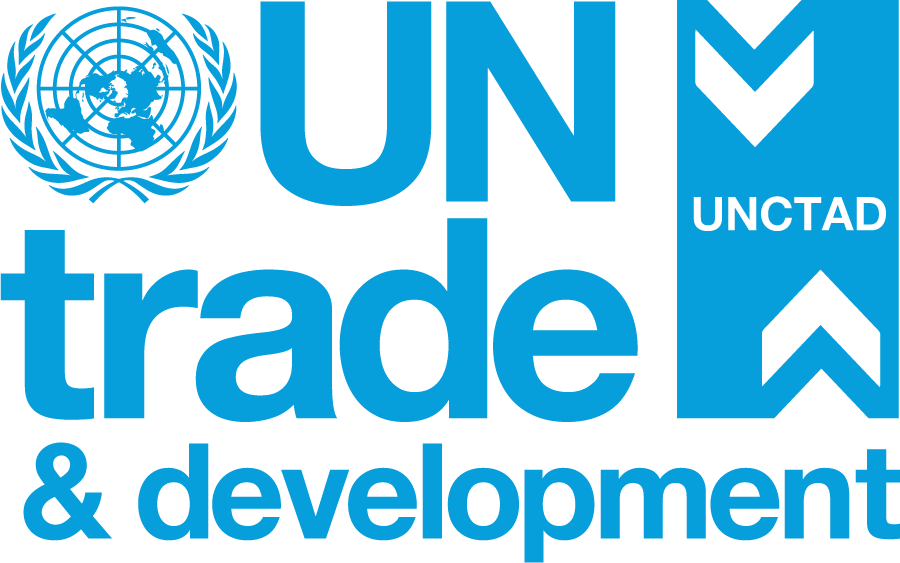The first official meeting of the recently established UNCTAD Working Group on Debt Workout Mechanism (DWM) was held in Geneva 0n 2 July 2 2013. High-level representatives from internationally renowned legal and economic experts, multilateral institutions, the private sector, civil society, participated in this meeting in line with the project's objective to give a voice to all relevant stakeholders.
To prepare ground for this Working Group UNCTAD organized a brainstorming meeting on 1 February 2013 in Geneva to identify the main concerns underlying the call for a DWM. Building on this meeting, in July 2013, the Working Group discussed the different dimensions of a DWM and the adequate framework for tackling these concerns.
A working paper prepared by Matthias Goldmann (Max Planck Institute for Comparative Public Law and International Law) was presented and discussed at the meeting. This paper deals with one building block of a possible DWM, namely with the necessity and feasibility of a standstill rule for sovereign debt workouts and theoretical considerations on international law, general principles and DWM.
From this Working Group meeting three widely shared conclusions emerged.
First, the dominant binary way of reflecting on the DWM: “statutory approach vs. contractual approach” must be transcended and international law theory may bring some solutions to think outside this box.
Second, provided it is framed on solid premises and the objective of ultimately designing a detailed mechanism, an incremental approach would allow the project to enter into a dynamic process.
Third, debt standstill, which was discussed at length in the meeting, would be a good starting point.
There is indeed a need to design voluntary but persuasive principles or general rules for the DWM so as to provide stakeholders with guidelines in areas of sovereign debt restructuring where uncertainty prevails.
The Working Group will thus start its reflection on the principles or general rules to be included in the DWM, on the basis of those identified in the brainstorming meeting and complemented with various literature sources indicating the gaps and problems to resolve in this field. Each of these principles will be discussed and formulated with a view to be included in a master draft to be finalized in detail at the end of the process.


